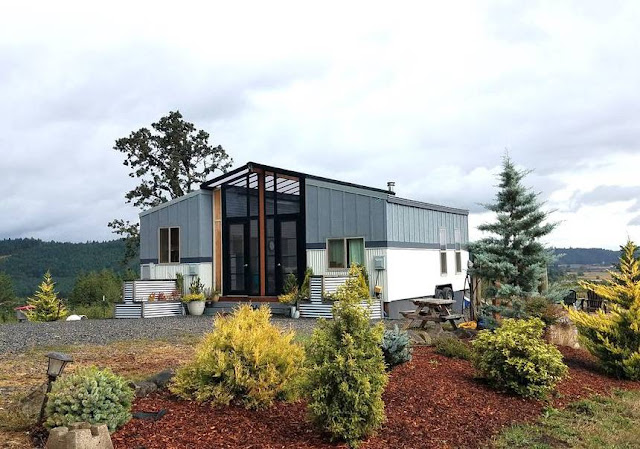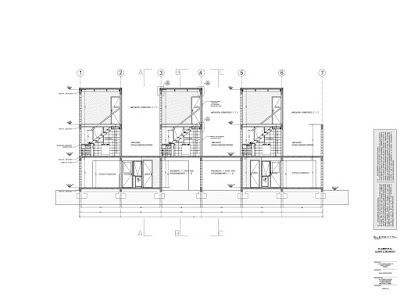Shipping Containers, Part II: Affordable, But...?
As a follow-up to the previous post on shipping containers, I did come across a Habitat for Humanity affiliate in Georgetown, SC that is trying to develop extremely low cost housing using shipping containers . In order to meet the needs of very low income seniors, they have had to think outside the box, which led them back to the box. The article states the following: "The nonprofit expects the cost of creating a container home to come in around $25,000, covering everything but the full-size appliances, which are donated. With the cost of land, site preparation and moving the container home, the final cost is projected to be about $65,000." Kudos to them for trying a new approach. If the numbers hold and they can deliver a one-bedroom for $65k, including land, then they may be onto something. Based on their numbers, this would put their actual construction costs at $90/ SF. With that said, most of the critiques from the previous post exist here. How functional will it


